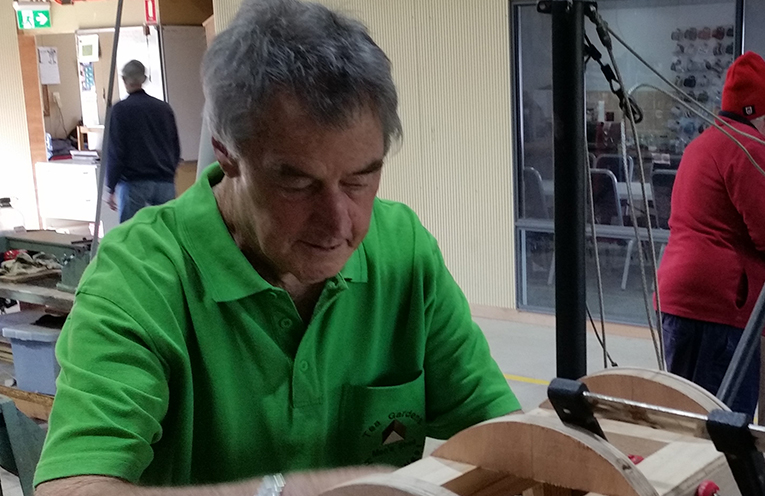
AT the height of the timber trade in the Tea Gardens area, ‘droghers’, or barges predominated on the waterway.
 Modern Media: Advertise with News Of The Area and you get your ad in 1) in Print, 2) on the News Website (like this ad), and 3) on our Social Media news site. A much more efficient way to advertise. Reach a HUGE audience for a LOW price TODAY! Call us on 02 4983 2134. Or media@newsofthearea.com.au
Modern Media: Advertise with News Of The Area and you get your ad in 1) in Print, 2) on the News Website (like this ad), and 3) on our Social Media news site. A much more efficient way to advertise. Reach a HUGE audience for a LOW price TODAY! Call us on 02 4983 2134. Or media@newsofthearea.com.auOr CLICK FOR ADVERT QUOTE
They were, at first, poled craft until the introduction of marine steam engines in the area.
Exploitation of the cedar stands in the Tea Gardens area began in 1795.
The cutting of timber was carried out by convicts who manhandled the logs to the lakes.
They were then lashed together as rafts and poled out to waiting ships.
As Comyns indicates, “Tea Gardens being the principal centre, the launches and droghers of the port are concentrated here; the larger vessels lie in the Duck Hole, adjacent thereto, and the smaller steamers and launches meet them there and trans ship or embark passengers and cargo to and from Bulahdelah and the Lakes.”
There were six mills working in the district with an aggregate output per week being 120 000 super ft (Comyns, 1909: 29).
The original drogher “Iluka” slipped its mooring in the Myall River during a storm and its remains can be seen opposite the Tea Gardens Hotel.
The restored model “Iluka” replica was originally built by Michael Pratte.
The late Peter Newell took on the job of restoring the replica. It had been severely damaged by the weather and by vandals.
He was close to completing the work when he passed around six months ago.
“It was such a privilege and honour to be able to complete Peter’s work,” said President of the Tea Gardens Hawks Nest Men’s Shed, John Adkins.
“He was meticulous in all he did. We were able to complete the project to his very high standards.”
Led by Des Pagett, John Adkins and Les Beggs, the team at the Men’s Shed with Ben Hanson’s support were determined to finish the work in honour of Peter.
The replica now stands proudly in the beer garden at the Tea Gardens’ Pub.
By Kate MILFORD
